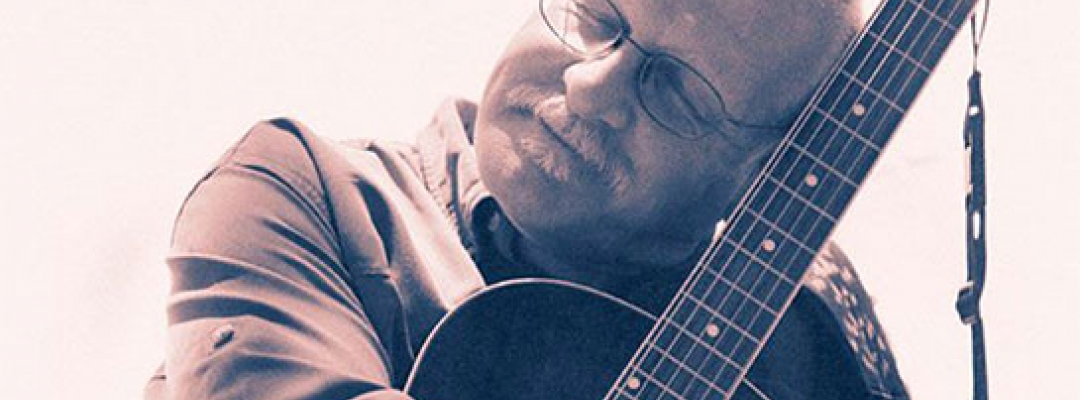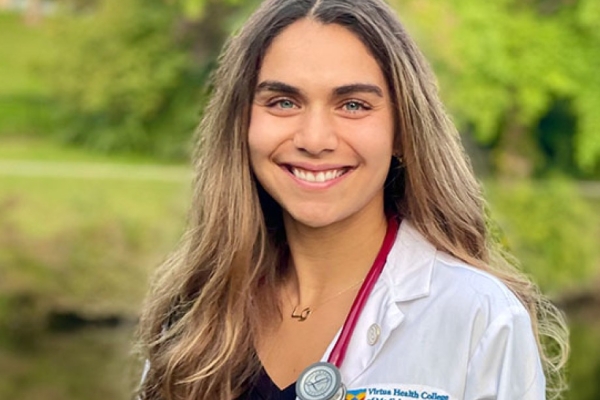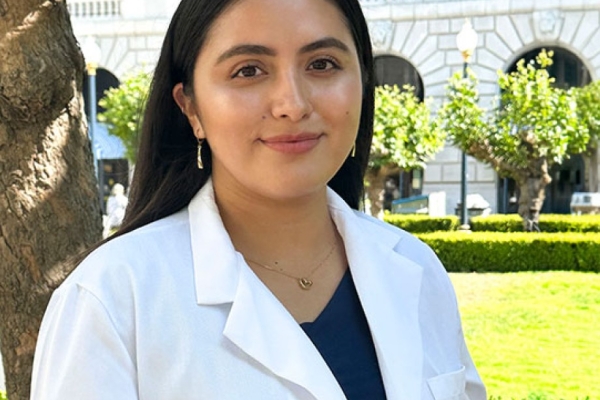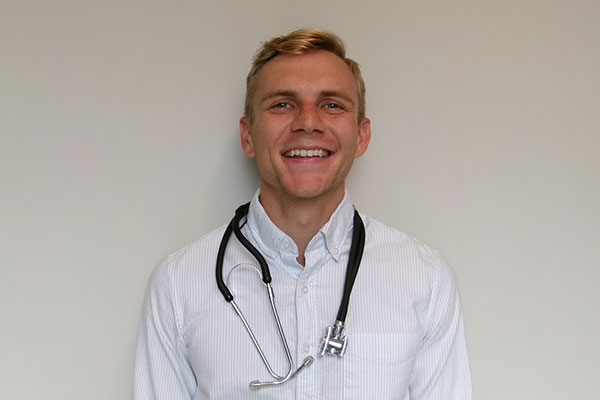Dr. Geoffrey Sargent will be the lead instructor for our CRISPR Genome Editing: Practical Aspects of Precision Biology lecture. Here is some information about his background in this evolving field:
"I am truly excited to be instructing the CRISPR Genome Editing lecture. Because of the development of CRISPR and related technologies, we are in the midst of a technical revolution that will profoundly change how we treat and diagnose diseases, including cancers. It will enable unimagined changes to agriculture and potentially our environment. With this newly developed ability to edit genomic DNA, we are faced as a society, and as a species, with difficult decisions on what are acceptable limits and risks for genome editing. We will touch on all of this during what I hope will be a rich, novel learning experience.
Much of my career during the past 30-plus years has been developing and studying genome editing technologies as an academic researcher, and as a scientist and entrepreneur in biotechnology startup companies. I moved to the San Francisco Bay Area in 1998 to work in a biotech startup, developing genomic editing technologies for treating human disease and agbio applications,. More recently, I have worked on using gene editing for human pluripotent stem cell therapeutics at UCSF. About a year ago, I founded a new biotech startup focused on improving the accuracy of CRISPR/Cas proteins, TALENS and Zinc Fingers and reducing some of their mutagenic effects. I also have a passion for teaching and communicating science, and have enjoyed teaching biochemistry and other courses at UC Berkeley Extension, Cal State East Bay and Ohlone College."
Read on to learn more about Geoff's teaching style.
If you wanted to learn how to rock climb, you'd be less inclined to just sit in front of a PowerPoint presentation showing you the logistics of how not to fall and never get outside to scale your first mountain. You'd want to learn the ins and outs, then get out there and learn by doing. Makes sense.
That same logic applies to science courses. Sure, you could learn about biochemistry or stem cell research by reading a book, attending class lectures and the like, but how does that apply to what you'll be faced with in the real world? What if you could look through a microscope, see how cells are interacting, understand how a virus mutates? Put theory into practice. Also makes sense.
This is the teaching mantra that Dr. Geoffrey Sargent subscribes to. A longtime UC Berkeley Extension instructor, Dr. Sargent finds true joy in bringing the coursework to life. "When I had the opportunity to teach my stem cell course and then the biochem course, I wanted to see if I could use the learning-by-doing approach in a classroom," Dr. Sargent says. "I teach things that I love to do, and I love being a scientist."
The Scientist in Me
As a co-director of an NIH-funded Program Project Grant Molecular Biology Core at UCSF, Dr. Sargent and his colleagues recently completed the grant whose research focused on developing a cure for sickle cell disease. The grant was funded by three different labs:
- YW Kan's lab in the Departments of Medicine and Laboratory Medicine, UCSF
- Dieter Gruenert's lab in the Department of Otolaryngology, UCSF
- Marcus Meunch's lab at the Blood Systems Research Institute
The process looked something like this:
Create stem cells from patient tissues
↓
Fix the mutation responsible for sickle cell disease
↓
Make hematopoietic stem cells to re-implant back into patients
"I did service work that we wanted to share between the labs and also developed some of the methods we use to fix the sickle cell mutation," Dr. Sargent says. "I also did research to grow and maintain hematopoietic stem cells in culture. It was a lot of work, but I had the opportunity to work with some world-class scientists along the way."
I teach things that I love to do, and I love being a scientist.
Science Experience Into the Lab
During his Stem Cell Biology, Research and Discovery course, Dr. Sargent brings his students into his lab so they can "actually look at the cells through a microscope instead of on a projection screen," Dr. Sargent says. "It is really hard to appreciate what the stem cells look like, and to appreciate the technical challenges, unless you can see and touch them in real time in a lab setting."
Between his own research on stem cells and that of his colleagues, Dr. Sargent is always on the lookout for how best to bring real-world challenges into the classroom. Reflecting on how much work has been done in this area—from the first report of growing human embryonic stem cells by James Thompson in 1998 and the 2007 Nobel-winning work on reprogramming skin cells into stem cells by Shinya Yamanaka—one of Dr. Sargent's biggest challenges is "figuring out what is the most important work to teach in class. I try to bring in something new every year—and it is all still very new! I'll be spending more time on how the new gene-correction technologies Crispr/Cas9 and TALENS work and are being applied to problems being researched using stem cells."
Welcome to Biochem
Dr. Sargent also teaches Biochemistry and is fascinated with not only teaching the subject matter but also with introducing the language of biochemistry to his students. In order to be fluent, Dr. Sargent encourages his students to incorporate their pre-existing science knowledge to better understand the subject area. To do so, Dr. Sargent often imparts real-life analogies and practical approaches to the topics at hand.
"One of the best lessons I learned as an undergraduate and a graduate student was how to do back-of-the-envelope calculations to predict if an experiment might work. I also make analogies to explain complex, unfamiliar concepts. When we talk about chiral molecules, I channel Walter White and Breaking Bad—that always gets a laugh."
The Man Beyond the Scientist
When Dr. Sargent isn't in the lab or teaching or grading, he's pursuing the next adrenaline rush, such as whitewater kayaking or telemark skiing in Salt Lake. He's also a proficient Dobro player and is on the board of directors of the California Bluegrass Association. "I help run our annual music camp and am involved with our Bluegrass Festival every June in Grass Valley. I also have grants to write, research papers to write, some scientific conferences to attend—I don't think I know the meaning of an uncomplicated life."
R. Geoffrey Sargent, Ph.D., is a scientist at UCSF researching stem cell applications for regenerative medicine for parathyroid and thyroid, gene therapy and the genetic stability of human embryonic stem cells. He has worked in biotech for the past 18 years, most recently directing research programs at Advanced Cell Technology, a biotechnology company.



